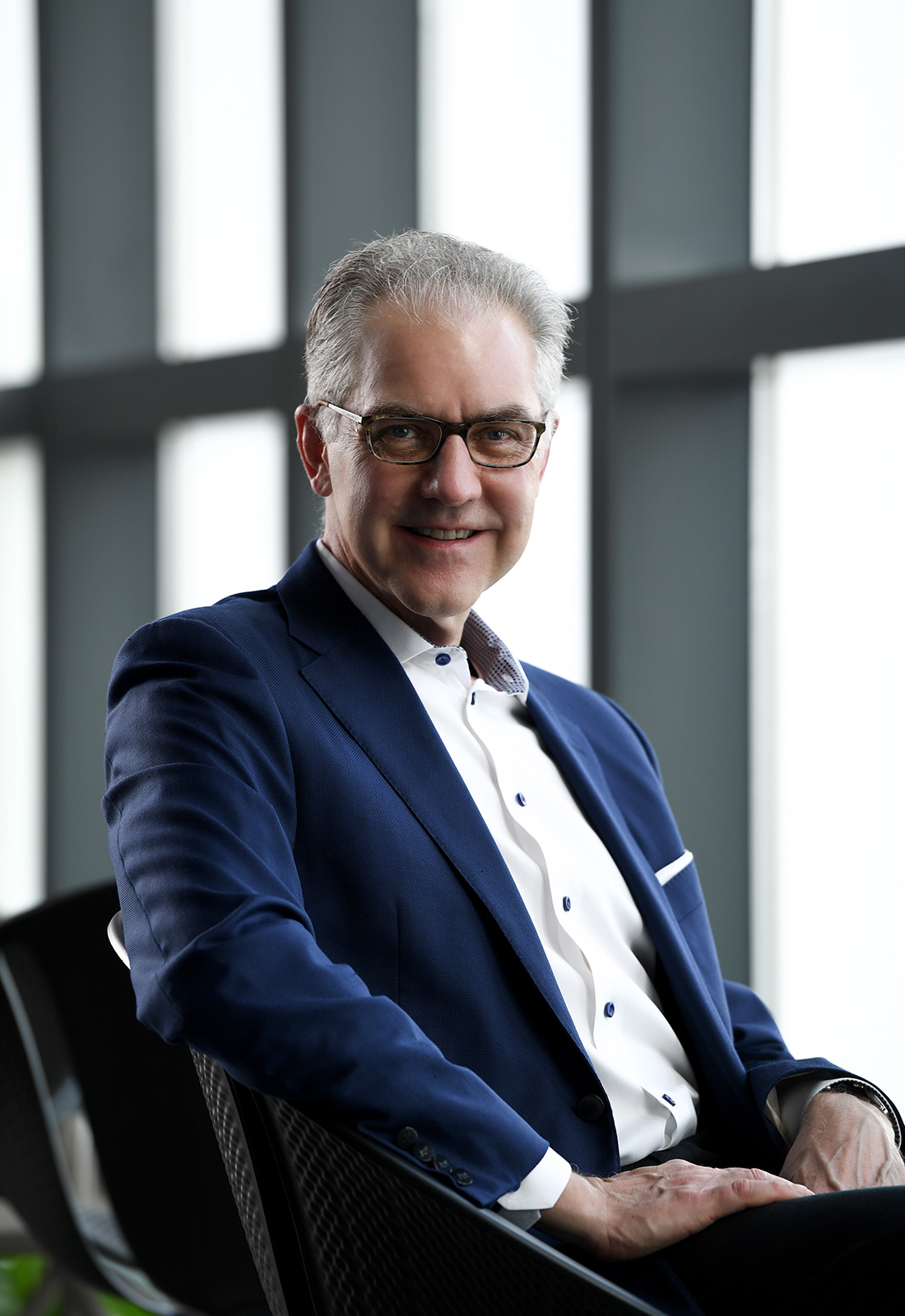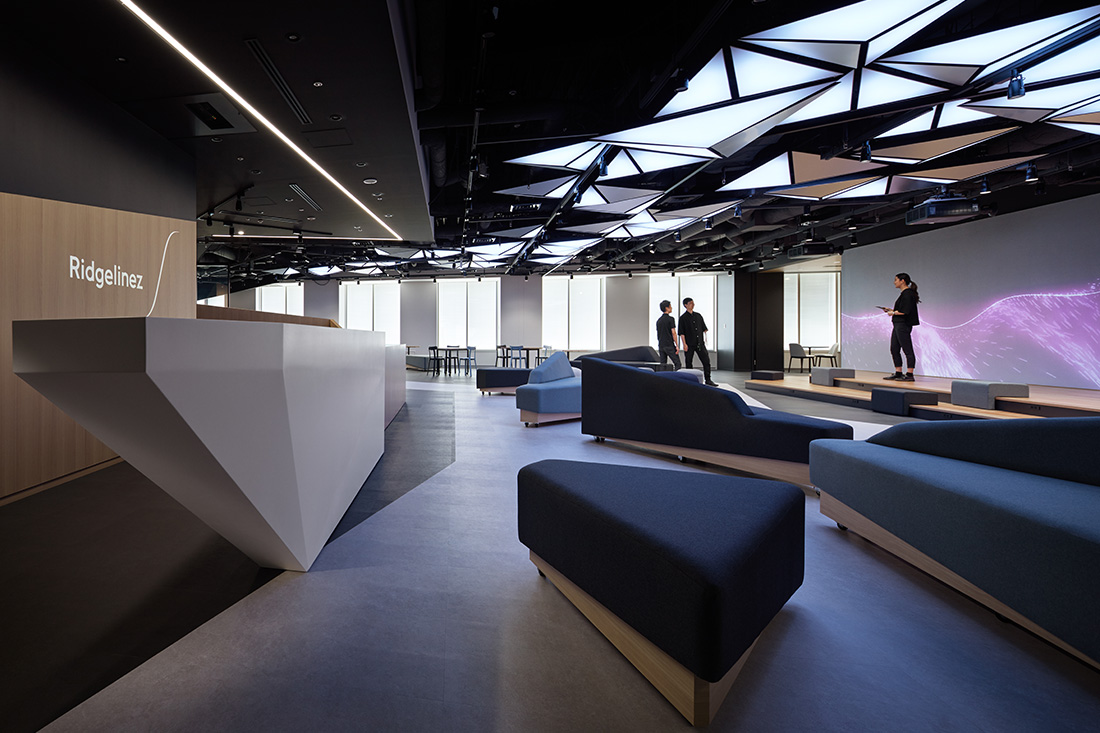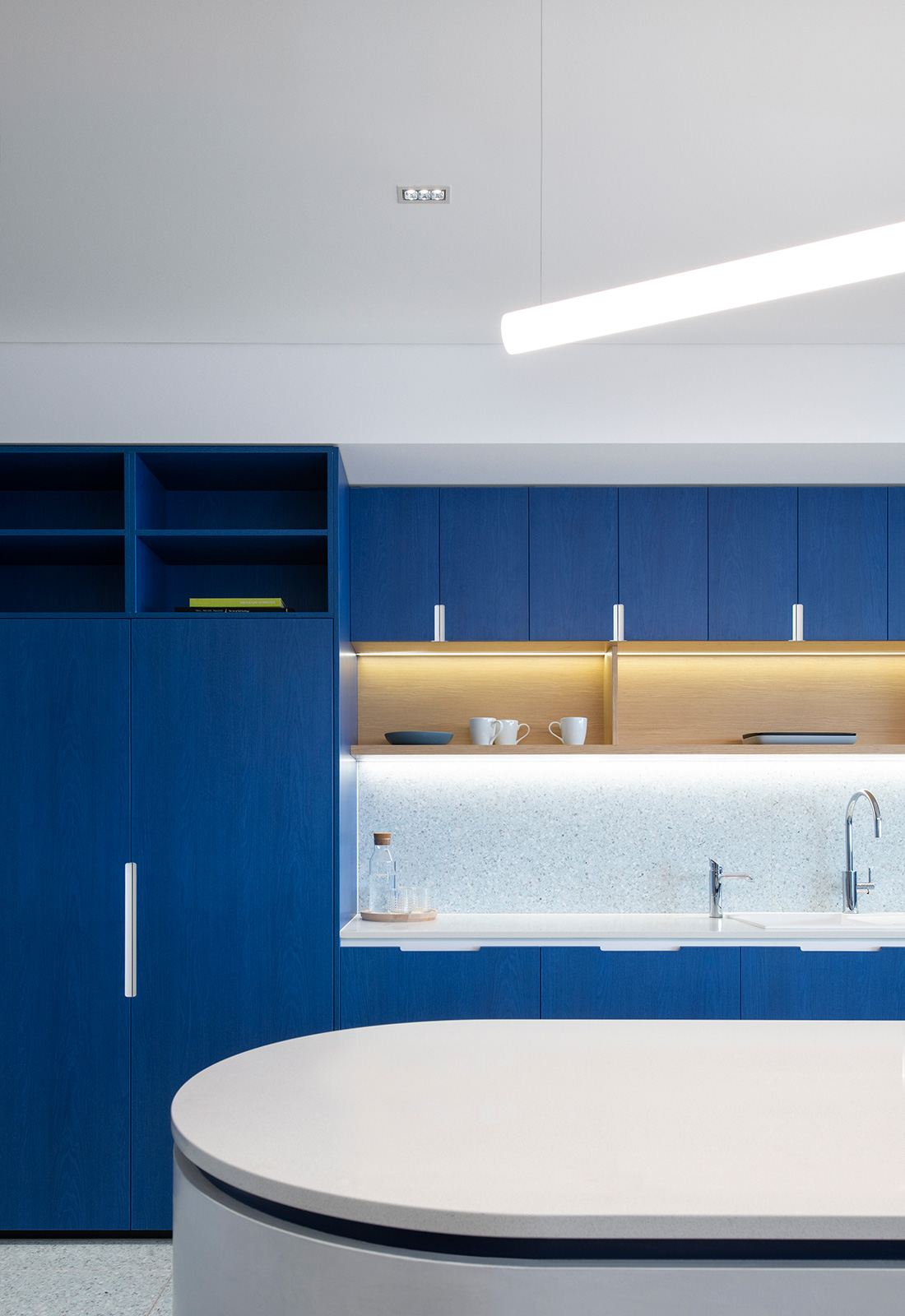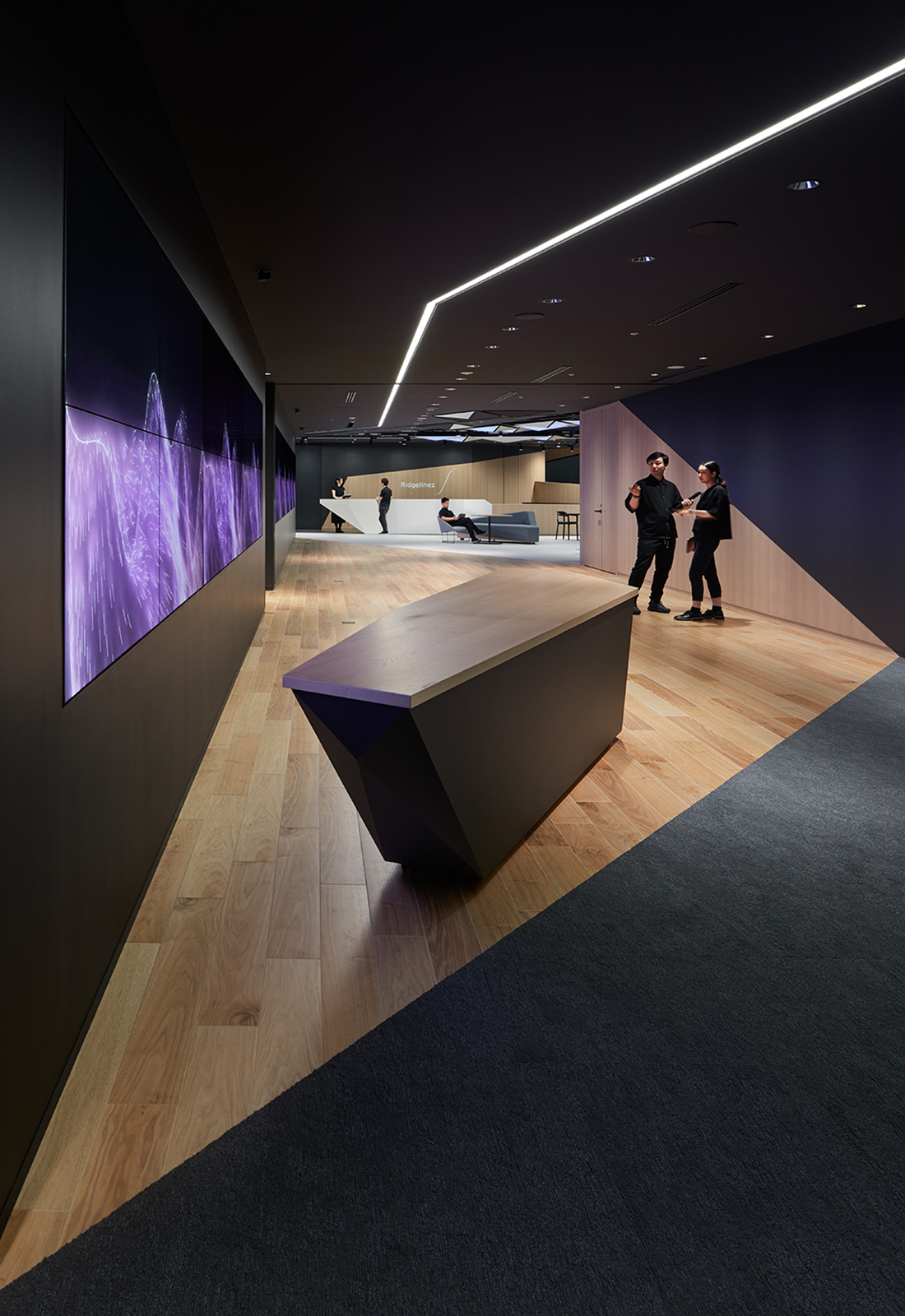One year later, flexible work is practically the status quo. Despite this, the office still matters, says Gensler’s David Calkins. Here’s why.

May 3rd, 2021
Ten years ago, David Calkins lead an experimental project for Gensler in Texas – one that explored a radical new concept: flexible work.
Gensler devoted an entire floor of their three-floor office to the experiment.
“There were focus rooms, and there was the ability to hotel,” says Calkins, who is now Regional Managing Principal for Gensler in the Asia Pacific and Middle East region. “You could reserve a desk for the day and you kept your things in a locker. The idea was, if you didn’t have an assigned workstation, you could come in and use one for the day.”
The project remained an experiment, however. “If people were interested in volunteering, fine, but we didn’t want to push them,” says Calkins. “Out of 100 people on a floor, we might have had 20 people who were interested in doing that brave-new-world thing.”

David Calkins
Fast-forward 10 years, and flexible work doesn’t seem quite so far-fetched. In fact, Gensler’s experiment is quickly becoming par for the course – and not just for the global design and architecture firm (which, by the way, moved to working from home “over a weekend,” says Calkins, and is now operating on a hybrid model across its Asia Pacific offices).
In Singapore, local banks such as DBS and UOB have formalised flexible working arrangements for their staff. Globally, Standard Chartered announced late last year that it hopes to have 90 percent of staff working flexibly by 2023.

“Everything we’re hearing confirms this hybrid thing is going to go out into the future, and for good,” says Calkins.
Despite this, he believes the office still has significant purpose.
“It’s not just a place you go to work. It’s about conveying the culture of your company, conveying the brand, not just internally and to your clients, but to the public,” he says. “It’s a place to interact, collaborate, be creative, meet and exchange information.”
Herman Miller takes a similar view. The leading furniture manufacturer, which has been preparing for distributed ways of working for over a decade, foresees a role for the office in fostering culture and community, and supporting “intensive teamwork.”

According to Herman Miller, relationship-building is vital to maintaining company culture, and to giving employees a sense of purpose and belonging.
This, Calkins and Herman Miller agree, will be a key focus for organisations moving forward, and they will be central to the office’s raison d’être. “It’s about enabling teams to be as productive as possible, and to feel as good about their work as possible,” says Calkins.
To facilitate employee engagement, organisations will need to home in on “variety, diversity and inclusion, and wellbeing,” says Calkins.
Organisations will, says Calkins, need to “visibly do things that say, ‘You guys are important to us, you’re our most valuable assets. Here’s how we’re reconfiguring our space to keep you safe and healthy.’ Not only to physically protect your employees but also to get them engaged. To have them really experience that the company does what it says it does.”
When it comes to diversity, Gensler is looking at “how to design offices for the greatest number of people – for different physical abilities and different neural abilities, different ways people have of thinking,” he says. “Visual and sensory cues are part of this.”
As for variety, Calkins speculates that offices will best engage the people who work in them if they offer a range of settings and spaces. “There will be multiple places [to work], and a variety of sizes of rooms where teams can work together. In some rooms, you’ll have every sort of media facilitating connecting with groups remotely.”
Herman Miller offers a whole host of products that support diversified work settings like those Calkins envisions. Among them is Atlas Office Landscape, a height-adjustable work system whose connected legs facilitate instant reconfiguration. Adjust the legs to create everything from rectilinear and 90-degree settings to Z-plan layouts, arranging multiple Atlas desks in a way that supports social distancing when it’s needed, and more collaborative settings when circumstances permit.

Agile environments and adaptable furniture are likely to play a key role in the office of the future – and yet how that pans out and what exactly the office will look like is still uncertain. “If anybody says they absolutely know what the answers are, they’re lying to you,” says Calkins. “It’s going to play out over a period of time.
“Now’s the time to step back, do an assessment of what you think the future is,” he says. “Consider how your culture needs to be protected or how it needs to transform. Ask yourself, how are you perpetuating it? How are you making sure it’s not being corrupted by these new circumstances that are totally unprecedented?”
Get further insights on the future of work via Herman Miller’s whitepaper, From Office to Everywhere. Explore Atlas Office Landscape, a work system that’s primed for flexible ways of working, here.
A searchable and comprehensive guide for specifying leading products and their suppliers
Keep up to date with the latest and greatest from our industry BFF's!

Channelling the enchanting ambience of the Caffè Greco in Rome, Budapest’s historic Gerbeaud, and Grossi Florentino in Melbourne, Ross Didier’s new collection evokes the designer’s affinity for café experience, while delivering refined seating for contemporary hospitality interiors.

In the pursuit of an uplifting synergy between the inner world and the surrounding environment, internationally acclaimed Interior Architect and Designer Lorena Gaxiola transform the vibration of the auspicious number ‘8’ into mesmerising artistry alongside the Feltex design team, brought to you by GH Commercial.

Sub-Zero and Wolf’s prestigious Kitchen Design Contest (KDC) has celebrated the very best in kitchen innovation and aesthetics for three decades now. Recognising premier kitchen design professionals from around the globe, the KDC facilitates innovation, style and functionality that pushes boundaries.

Savage Design’s approach to understanding the relationship between design concepts and user experience, particularly with metalwork, transcends traditional boundaries, blending timeless craftsmanship with digital innovation to create enduring elegance in objects, furnishings, and door furniture.

Paying homage to that wonderful tool of life, the book, SJK Architects’ design for the new headquarters of Penguin Random House is both a temple to the library and a captivating place to work.

Simon Liley, Principal Sustainability Consultant at Cundall, writes about how cyberpunk dystopias haven’t (quite) come to pass yet – and how designers can avoid them.
The internet never sleeps! Here's the stuff you might have missed

Esteemed international practice OMA has completed AIR in Singapore, a genre-straddling project defined by openness and an emphasis on waste.

Adaptive reuse is all the rage across the design industry, and rightly so. Here, we present a selection of articles on this most effective approach to sustainability.